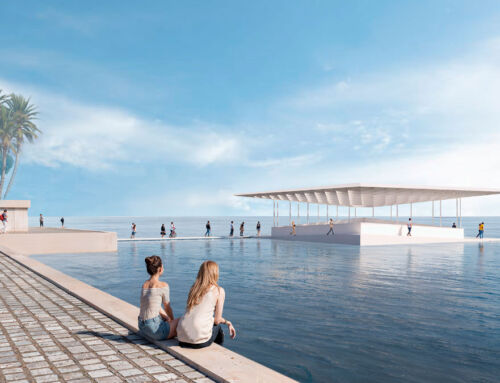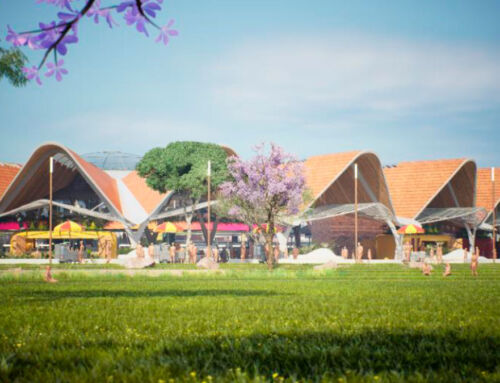A few months ago, the results of an experiment carried out by a team of scientists from different French university institutions became known. These results relate to the transmission of water waves (i.e. waves) and the concept of “perfect absorption“, or its derivative “coherent perfect absorption”. Perfect absorption, in the scientific context, refers to the ability of a material to absorb all the radiation incident on it (waves are also a form of radiation), at a given frequency or range of frequencies. For example, a perfect sound absorbing material would ideally absorb 100% of the incident sound, i.e. it would neither reflect nor transmit any part of that specific frequency or frequency range.
In contrast, perfect coherent absorption goes further, dispensing with the mediation of this imaginary material and allowing the control of waves through direct interaction with other waves, be they light waves with light waves, wave waves with wave waves, sound waves with sound waves, and so on. It is actually a theoretical concept in the field of physics that implies the ability to control waves through the direct interaction of coherent waves, in other words, waves whose phases are equal.
Agnès Maurel, a mathematical physicist at the École Supérieure de Physique et de Chimie Industrielles (ESPCI) in Paris and a member of the research team, told Physics Magazine that their study was motivated by “the need to control or absorb waves in rivers or to protect coastlines”. He also pointed out that “absorbing wave energy completely is even better than redirecting it”, adding that we could go further and imagine the possibility of “harvesting this energy“. In any case, this is research that has caught our attention as a company involved in the design, architecture and construction of water parks, in which the control of waves in the water, for example in wave pools, is precisely a decisive issue. Let’s take a look at what this research involves.

Based on mathematical calculations, Maurel and the research team demonstrated that perfect absorption of waves in water could be achieved by engineering a particular type of “resonant structure“. The structure initially consisted of a water channel with two cavities. His preliminary calculations, which considered an ideal fluid with no frictional energy losses, showed that these two small cavities would act as resonance chambers with the effect of perfect coherent wave absorption. These calculations were performed for a water channel 1.4 m long, 6 cm wide and 5 cm deep, while the two cavities were identical in size, with a length perpendicular to the channel wall of 4 cm and a width along the channel of 3 cm. With these parameters, the operations predicted zero wave transmission in the frequency range of 2.7 to 3.3 Hz.
When testing their predictions in the lab, the researchers found two dips in the transmission curve of real water waves as a function of their frequency: the first dip was almost zero, while the second reached an energy reduction of about 40 per cent. These discrepancies with the theoretical calculations, according to the scientists, reflected frictional losses in the fluid, as well as the fact that this was an approximation.
Finally, by trial and error, Maurel and his colleagues discovered that with the asymmetry of the two cavities, insofar as one extended further away from the channel wall than the other, perfect absorption was achieved at 2.9 Hz, i.e. zero transmission and reflection at that frequency. The resonant structure now guaranteed an interaction between the incoming and reflected waves resulting in their perfect cancellation. Therefore, as we read in the study, “the control of guided water wave propagation is demonstrated experimentally, numerically and theoretically (…)”. As a corollary to their discovery, the researchers point out that it could be used to develop a practical system to protect coasts from erosion.

Here are the authors of the study: Leo-Paul Euvé, from the Physique et Mécanique des Milieux Hétérogènes laboratory at ESPCI; Kim Pham, from the École Nationale Supérieure de Techniques Avancées; Philippe Petitjeans, from ESPCI; Vincent Pagneux, from the Laboratoire d’Acoustique de l’Université du Maine, in collaboration with the Centre National de la Recherche Scientifique; and Agnès Maurel, from the Langevin Institute at ESPCI.
Those physicists and mathematicians amongst you who wish to read the full paper of the study, can do so here: ResearchGate.
Source: Physics Magazine, Physical Review Letters, Wikipedia. Images: Physical Review Letters.






